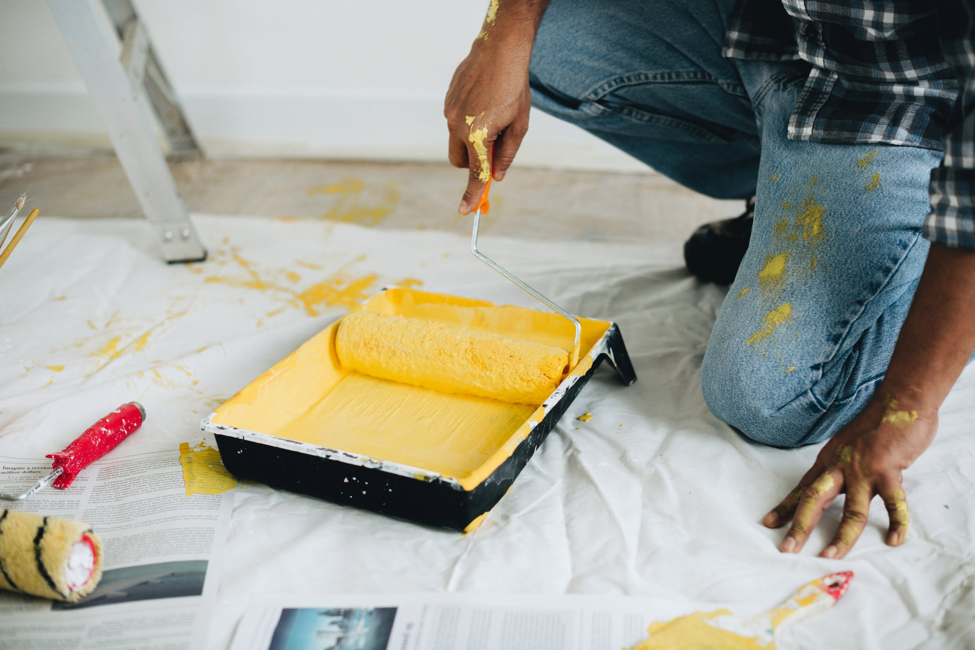The Most Essential Projects To Complete If You Own An Older Home
Thinking of investing in an older home?
Older homes can come with a lot of interesting history and character that make them appealing, but they can also come with some challenging repairs and improvements. Knowing what to work on first, where to cut costs, and when you need a pro can be confusing. If you need are thinking of buying and restoring an older home, here are some tips that can make the process less stressful.

Look for Ways to Save on Energy Costs
A lot of what you do on your older home will depend on whether you plan to live there or flip the property for a profit. Either way, one of the smartest improvements you can make is to increase the energy efficiency of your home. It’s actually pretty simple to add modern energy-efficient elements to an older home. You can think about switching out your light bulbs for LED ones, using water-saving faucets and showerheads, and adding low-flow toilets. Most of these swaps are fairly inexpensive, take minutes to complete, and will save you hundreds or more on your energy bills over several years.
Of course, you can also think about making even bigger changes to improve the efficiency of your home. Major overhauls that many older homeowners choose to complete can include installing new windows, updating the HVAC system, or opting for solar panels. Think about the changes that will make you the most comfortable, as well as what could have the biggest impact on your resale value, when you are thinking of making eco-friendly upgrades.
Consider Any Potential Future Issues
When you are trying to decide what to fix on your older home, you have a lot of options to consider. Factors that should be at the front of your mind are major issues that could cost you a fortune if you let them go. These problems could range from outdated galvanized pipes in your yard and walls to improperly wired electrical outlets throughout your home.
You may think that putting off major projects will save you money, but planning for a major renovation is always less expensive than paying for emergencies when they pop up unexpectedly. For example, repairing a water main line can cost you a lot of money, but if pipe bursts unexpectedly, you’re going to be looking at premium rates for emergency plumbing services. Add to that the costs of your next water bill and any damage to your home, and you could end up spending thousands of dollars more on this repair — especially if your homeowners insurance does not cover the repair and damage.
Know What You Can Repair on Your Own
Home renovations can vary in cost, effort, and expertise needed to complete. Many projects can cost more to complete when it comes to older homes, so figuring out what you are comfortable doing on your own can definitely save you thousands. For the most part, you should always consult a professional contractor when a repair involves specialty work, such as plumbing or electrical or when the risk of causing more damage or personal injury is much greater than the money you would save. This includes major home renovations, work on your roof, and framing walls. You can potentially cut costs by doing at least some of the work on your own. Let professionals take care of the major improvements or anything that is illegal to DIY, and then take some time to do the finishing touches yourself. A new coat of paint is an easy home improvement project that anyone can tackle with the right supplies.
Owning an older home has some real advantages, but it also can come with a unique set of challenges. As long as you are prepared to do your homework, take your time with upgrades, and carefully plan out projects, you should have no problems transforming your old house into a home that will be cherished for generations.
Photo Credit: Unsplash




